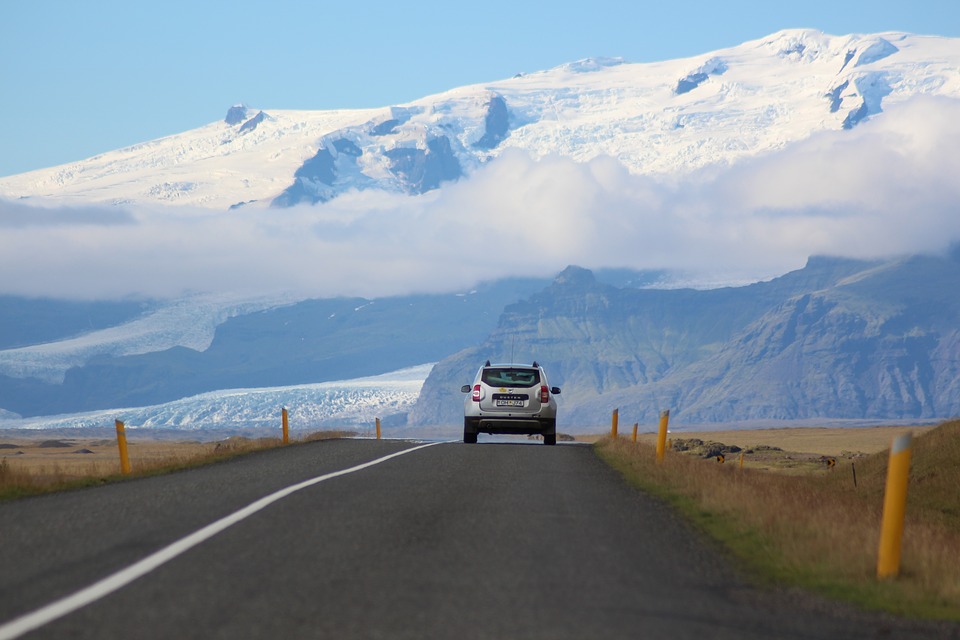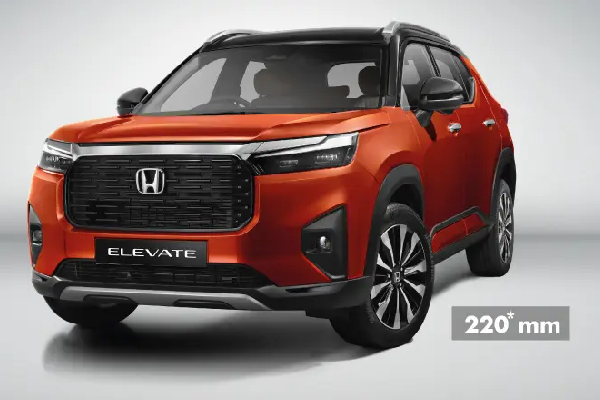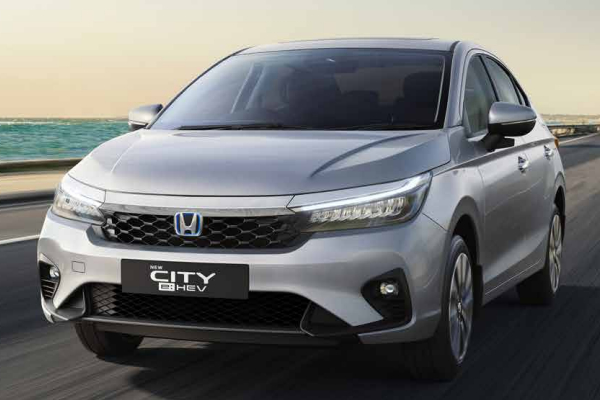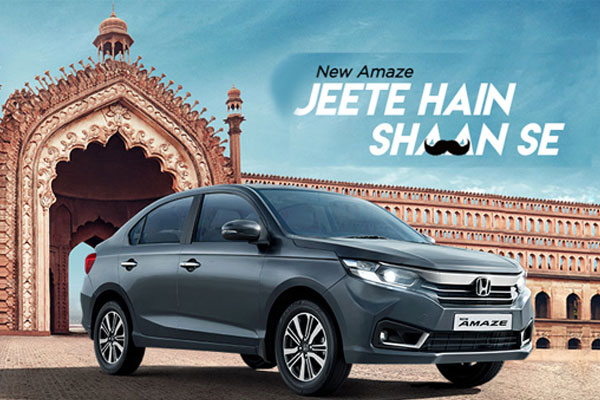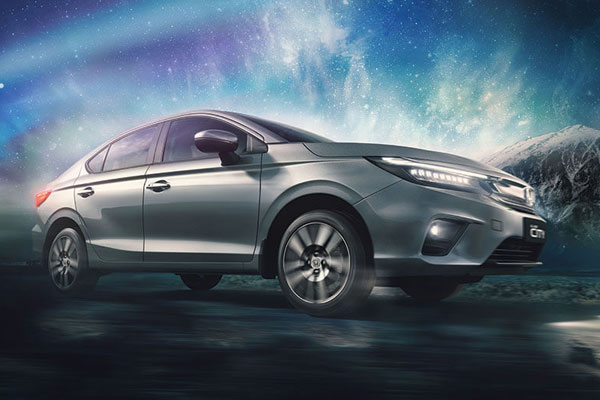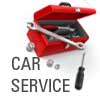Car Care Tips: How To Driving In The Mountains
Mountains are the one place I can escape to when I need a break from life. I can live on the highways, and because you're reading this, I believe you share that sentiment with me. It is no easy thing to do, and is not meant for the weak of heart. The twists and turns, steep climbs and hairpin turn, they challenge you and thrill you and also give you scenic view to absorb.
The fun comes with a lot of responsibility and risks as well. Hill roads bring a mixed basket of situations such as clouds, fog, rain and even landslides. As you go higher, the risks involved increase and sometimes are even unacceptable. The only thing that one can do is to reach somewhere safe and hold the fort against the treacherous conditions.
Drive safely in the mountains by identifying the dangers up front.
Turns
There are various types of turns that come along your way that may be a lot of fun to navigate, but also can prove to be dangerous if they are not handled with care. One of the most notorious types of these are hairpin turns. These are when the road turns suddenly to the right or the left. The risks involved while navigating these kinds of turns is that they are completely blind and you have to depend on sound cues to know if another vehicle is approaching from the blind of the turn.
Advanced drivers can also use the light reflected off trees to be able to judge whether a vehicle is approaching. While navigating these turns, one should slow down and keep in their own lane. If another vehicle is approaching, and there isn't enough space, it is best to let the other vehicle pass and then continue.
Climbs
Some of the roads in hills and mountains may be steep climbs and combined with rain, snow or black ice, it can be very difficult to go up to them. This is where the torque of the car comes into play. Lower gears in the car or the bike have high torque and they should be engaged while going up the gradient. Sometimes it is impossible to climb up these slopes in harsh weather conditions and one should let them pass before moving further.
Find a place to put up and let the rain and snow stop or road ice to melt before going on. If you decide to move on, for whatever reason, wait for a larger vehicle to approach and ask them to help. Trucks plying on these roads have powerful engines and enough torque to tow you and cross the steep climb.
Descents
These are particularly dangerous, and moreover, underestimated. High speeds on descents can prove to be dangerous to not only people travelling in the car, but also to the ones ahead of you on them; in some cases, they can even prove fatal. While descending, heavier vehicles gather more momentum and if it is combined with ice, snow or rain, it can lead to the vehicle being unstoppable. There are technologies such as Hill Descent Control in cars which help control the speed while it is going down the gradient.
Hill Descent Control helps to control the speed by using the Anti-locking Braking System (ABS) to slow the car down if the car is speeding up without any inputs from the driver. If your car has ABS, use it to keep your car or bike's wheels from locking and maintain control over the car. It can, however, be tricky to control cars without
ABS and it needs manual control over the braking to be able to control the car. One needs to pump the brakes lightly or to use gradual braking. Gradual braking is when one applies the brakes lightly initially and keeps increasing the amount of pressure applied to the brakes as the car starts to slow down.
There may be a point where the wheels may feel as they are locking, and that's the cue to ease off the brakes and reapply them firmly to slow the car down. Panic braking, i.e. jamming the brakes when you're scared and praying that the car stops, can be your worst enemy.
Ice
This is the major cause of accidents on mountain roads. When it snows, the mountains look scenic and it looks like you're in heaven. When that snow melts, you're definitely not in it. The water from the melted snow flows onto the road and freezes at night when the temperature goes below a certain point. This thin sheet of ice looks black like the road and can't be noticed by the untrained eye.
Driving over it is dangerous because with the weight of the vehicle and the heat of the tyres, the ice melts momentarily and you're basically driving on a wet road with close to zero traction. Loss of control over the car is what follows, and we don't call it a major cause of accidents for no reason. The only way to navigate these is to keep a calm mind and make sure that you use the smoothest of movements to control your vehicle.
Jerky movements mean that the little traction that you may have is lost and then it all does go downhill, quite literally. If you feel that whatever you're doing isn't helping, just try and find a safe spot to park your car and ask for help from the other drivers on the road or from the locals. Locals are experienced people and will in almost all cases be able to get you out of the trouble that you might get into.
Snow
As beautiful as it may be, it can stop you from seeing the road. Even visibility a few meters ahead can be hindered. On mountain roads, this can prove to be disastrous. Danger lurks every few hundred meters or even lesser and when unidentified, is never good news. Snow can even harden on the road and when cars pass over it, it behaves like black ice. When foraying into uncharted lands, or where you know the terrain might be difficult to navigate, look at the weather prediction and if snow is predicted, avoid going into it.
Keep these useful tips in mind while going for a road trip into the mountains and ensure that you have a great time.
Also read: Car Maintenance Top 10 Tips - To Keep Your Car Looking New
Read More About Andheri and Borivali Car Care Tips , Tricks, Articles, Resources Visit SOLITAIRE HONDA
Share This:
Back to All Car Tips, Tricks, Article, Resources
Source - autoportal.com
TO KNOW ABOUT HONDA CAR DEALER IN ANDHERI AND BORIVALI CONTACT SOLITAIRE HONDA AT 022 67385555 OR AT sales@solitairehonda.com



